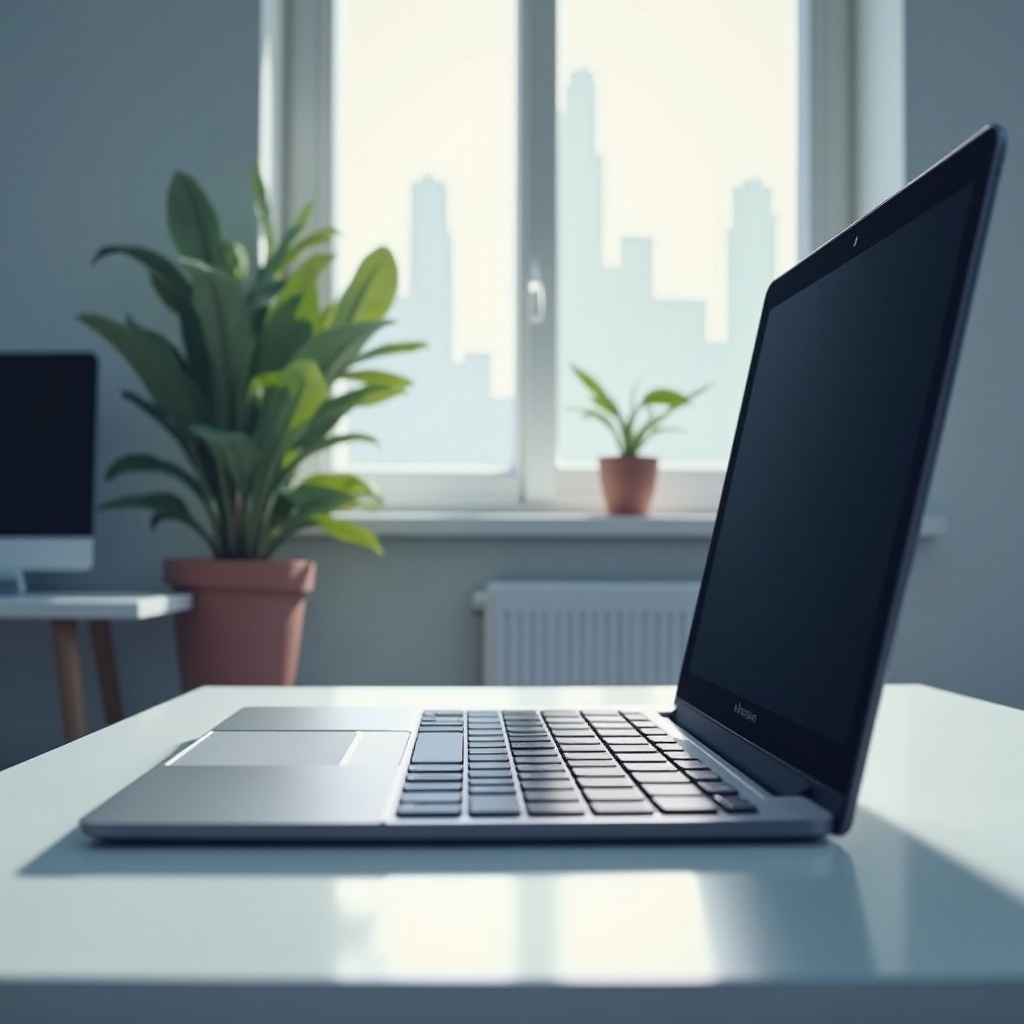Introduction
Have you noticed your laptop shutting down only to restart with your documents and applications exactly as you left them? Welcome to the world of hibernation mode—a feature designed to enhance your laptop’s performance and efficiency. More than a mere power-saving trick, mastering hibernation can significantly optimize your laptop’s functionality. This guide delves into the intricacies of laptop hibernation, its benefits, and how to manage it to improve your computing experience.

Understanding Hibernation Mode in Laptops
Hibernation represents a state where laptops save their current session on the hard drive and completely turn off, minimizing power consumption. Activating hibernation ensures your open applications and documents are preserved, facilitating a seamless return to your work without draining battery power. In contrast to sleep mode, which uses energy to maintain your session in RAM, hibernation writes everything to permanent storage, thereby allowing your laptop to draw no power. Initially designed to prolong battery life and minimize hardware wear, hibernation has become a standard feature in most contemporary laptops.
Differences Between Hibernation and Other Power Modes
Appreciating the distinctions between hibernation and other power modes can help you make informed decisions about the best time to use hibernation.
Hibernation vs. Sleep Mode
Although both hibernation and sleep modes maintain your session, their approach to power usage and resume time differs. Sleep mode retains the session in RAM, allowing for a quicker resume but with continued power consumption. Comparatively, hibernation transfers the session to the hard drive, consuming no power and requiring a slightly longer time to resume.
Hibernation vs. Shutdown
Shutdown completely closes applications, turning off the system. Starting up from shutdown means a fresh start with the need to reload documents and applications. Hibernation offers a time-saving alternative by letting you resume from where you left off without the hassle of rebooting, thus balancing energy efficiency with convenience.
Benefits of Using Hibernation Mode
Embracing hibernation mode can substantially improve your laptop experience. Consider these key advantages:
- Power Efficiency: Transferring the current session to the hard drive facilitates complete power-off, ideal for extended inactivity periods.
- Extended Battery Life: Hibernation helps conserve battery by avoiding the minimal power drain characteristic of sleep mode, crucial for on-the-go users.
- Work Continuity: Resuming work without reopening applications or documents enhances productivity.
- System Longevity: minimizes wear on components by ensuring the laptop is fully powered down, contributing to the device’s longevity.

How to Enable and Configure Hibernation
Equip yourself with knowledge on enabling and configuring hibernation to fully benefit from its capabilities.
Setting Up Hibernation on Windows
- Navigate to the Start menu and open Control Panel.
- Head to ‘Hardware and Sound,’ followed by ‘Power Options.
- Select ‘Choose what the power button does’ on the left.
- Click on ‘Change settings that are currently unavailable’ under ‘Define power buttons and turn on password protection’.
- Check the ‘Hibernate’ option in ‘Shutdown settings,’ then save changes and close the window.
Configuring Hibernation on macOS
- Open ‘System Preferences’ from the Apple menu.
- Choose ‘Energy Saver.
- In the ‘Battery’ tab, adjust the timing slider for hibernation.
- Ensure ‘Enable Power Nap’ is checked to allow applications to refresh data while sleeping.
Both Windows and macOS provide customizable options to tweak hibernation settings according to your requirements.
Troubleshooting Common Hibernation Issues
Despite its utility, users may face issues with hibernation. Common problems include:
- Laptop not resuming from hibernation: This might stem from outdated drivers or firmware. Updating to the latest versions can solve this issue.
- Unexpected hibernation: Incorrect power settings might cause this. Reevaluating your power options can help.
- File corruption post-hibernation: A faulty hard drive may result in this. Performing disk repairs can rectify the problem.
Solving these typical issues can preserve your smooth usage of the hibernation feature.

Conclusion
Grasping the concept and function of hibernation in laptops not only amplifies productivity but also ensures your tasks proceed smoothly. By mastering the activation, configuration, and resolution of issues tied to this feature, one can use modern technology’s advantages to their fullest, making laptop use seamless and efficient.
Frequently Asked Questions
Does hibernation save more battery than sleep mode?
Yes, hibernation saves more battery as it powers off the laptop completely, while sleep mode continues to draw power.
Can using hibernation harm my laptop?
No, using hibernation doesn’t harm your laptop; it helps preserve battery life and system longevity.
How do I wake my laptop from hibernation?
Press the power button to wake your laptop from hibernation, and your session will resume shortly.